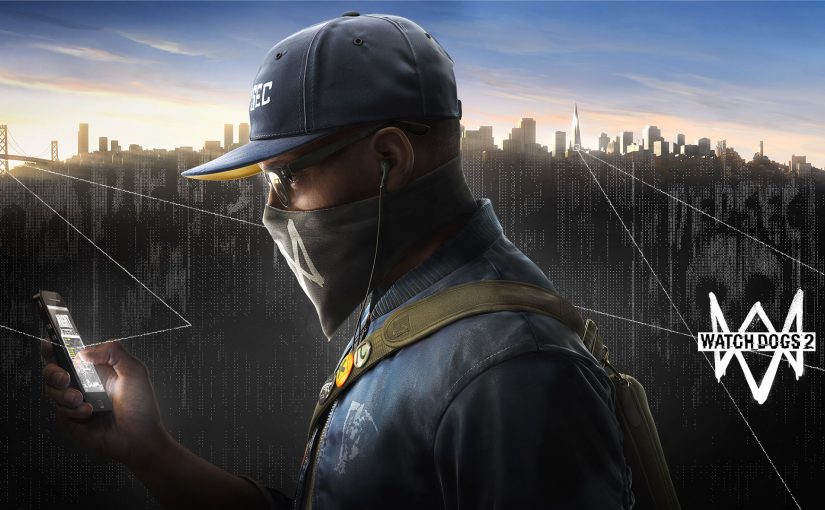-
A Video Game Legacy

After all these years, I finally visited the Letterman Digital Arts Center. The series of buildings that house most of LucasFilm and related offices. And of course, the Yoda statue. For the longest time I had this thought it was blocked off because… fandom. And the 24-hour staffed gate at the parking lot. After a…
-
My Telltale Layoff: A Follow Up

I loved working at Telltale Games. This is what happened to me for that dedication.
-
Interactive Fiction & Netflix

This article won’t contain spoilers. I haven’t experienced Bandersnatch yet. As 2018 came to a close, Netflix released Black Mirror: Bandersnatch, an interactive film exclusive to the platform. Black Mirror is our current time’s Twilight Zone where the genre allows for a deep dive into a single idea of fiction and allowing us to reexamine…
-
Watch Dogs 2 & Gender Pay Gap

Seg plays Watch_Dogs 2 and discovers a statement on gender pay equality.
-
LucasArts Closes

LucasArts in the 80’s and 90’s helped shape me into the interactive media artist I am today. My time at Telltale Games was as close to working in that environment, and I hope shaped positively the careers of future men and women of interactive media.
-
Non-Fiction Games Manifesto

Non-Fiction Games explained by the founder of Space Between Studios, John *Seg* Seggerson.
-
The Role of IGF
Seg talks about the Independent Game Festival and notes the problems of accepting unreleased titles to the awards ceremony.
-
Double Fine Increases Kickstarter Pledges
GamesIndustry.biz released an article showing that Kickstarter pledges increased by a lot when the Double Fine project started, excluding Double Fine pledges. When this first started, a few people I know had concerns that a ‘big’ company was doing the Kickstarter thing. The fear that it would drain from smaller efforts. But it seems Double…
-
“Mass Effect 3 Ending” or “What is a unit of art?”
Seg talks about the Mass Effect 3 ending and finds himself questioning what a ‘unit’ of art is.
-
Game Developers & NPOs
Seg talks about the lack of NPO involvement from game developers at large.